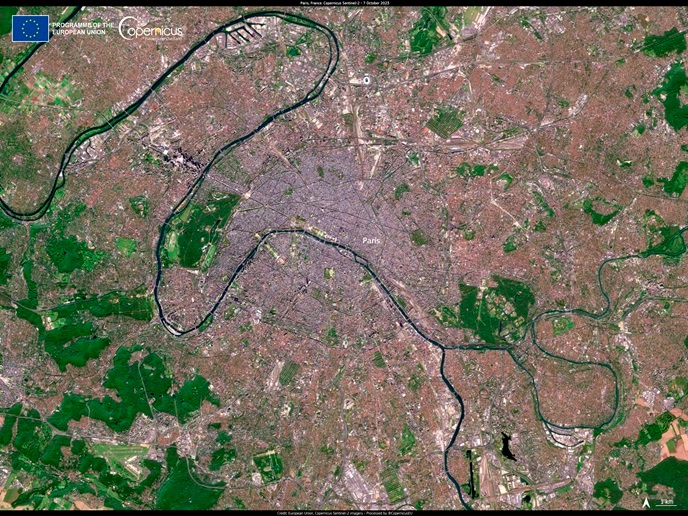Software for simulating highly dynamic systems
Diesel engines contribute significantly to air pollution by emitting nitrogen oxides (NOxs) and particulates, which have a negative effect on our health and on the environment. Although NOx reduction technology has been available for petrol engines for some time, it has not been readily available for diesel engines. Therefore, the AHEDAT consortium was established to develop and validate an exhaust gas aftertreatment system for HD truck engines. The project's objective was to reduce NOx emissions and particulates from HD trucks using research based on NOx adsorbtion technology. The AHEDAT project differed significantly from other aftertreatment technologies by relying on the dynamic operation and synchronisation of all the different units involved. This meant that unit integration and precise scheduling were necessary in order for the desired results to be achieved. This required a much greater level of sophistication than for previous models developed for other aftertreatment technologies. Project partners from the Ben Gurion University of the Negev (BGU) created a platform that could simulate several connected units within the highly dynamic and complex exhaust gas aftertreatment system. A number of commercial simulation packages were considered, with researchers selecting FEMLABTM for its flexibility, user-friendliness, numerical tools and graphics. The BGU therefore developed a simulator based on FEMLABTM which was adapted and developed to improve the whole system. The university completed the simulation by creating a software system that could deal with the level of numerical complexity and facilitate the analysis and presentation of data. The final result was a general purpose and flexible package that could be applied to simulations and other highly dynamic aftertreatment systems.







